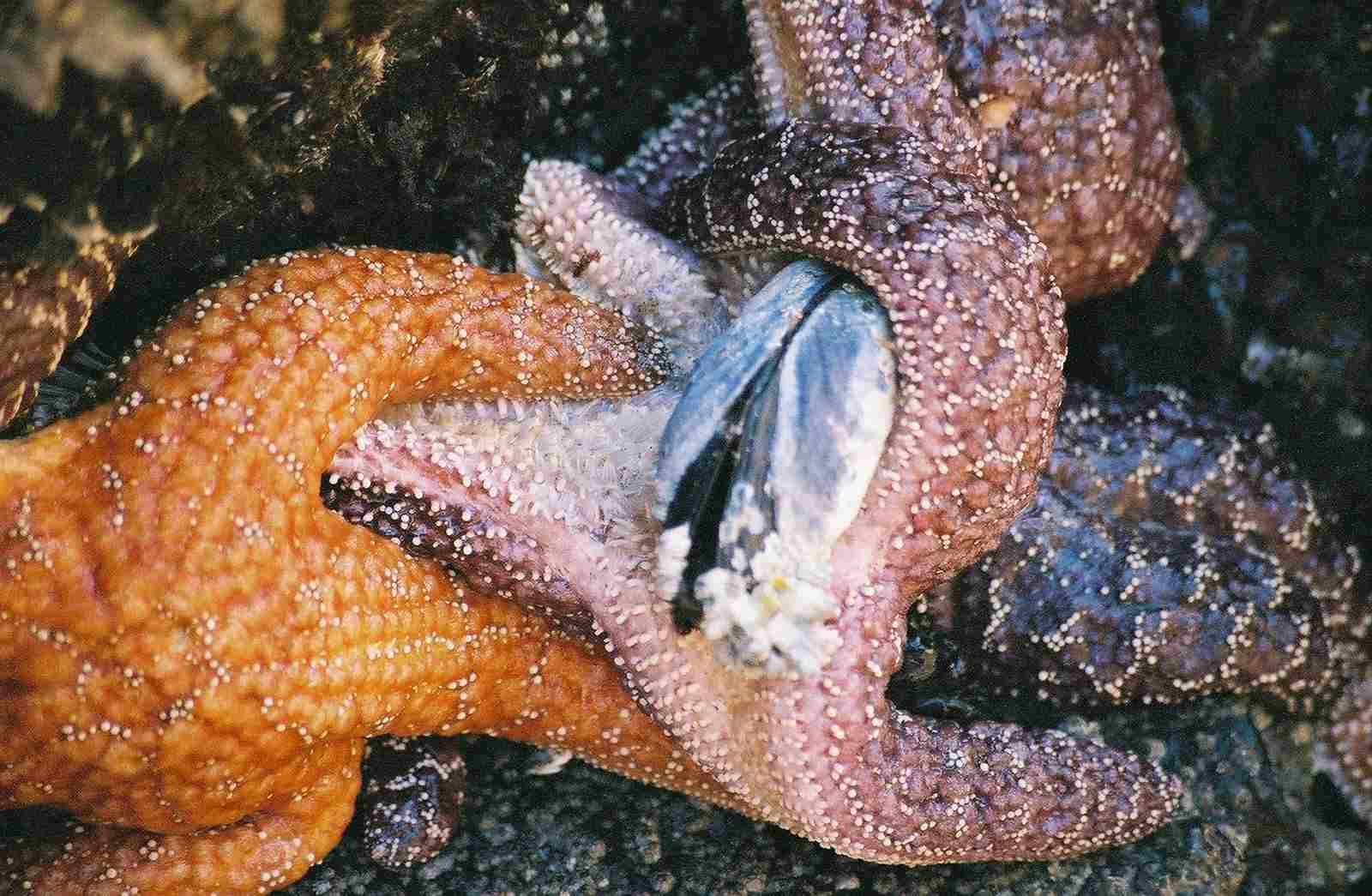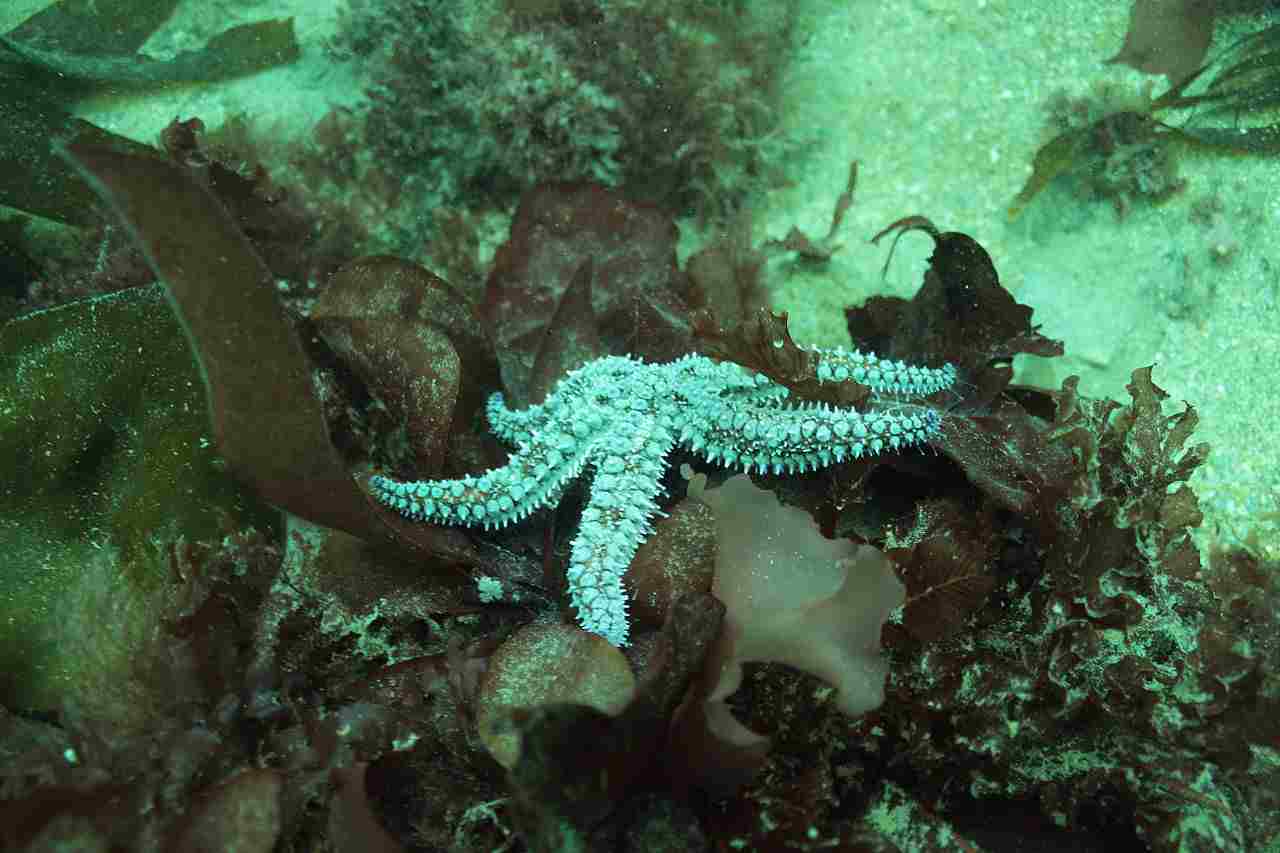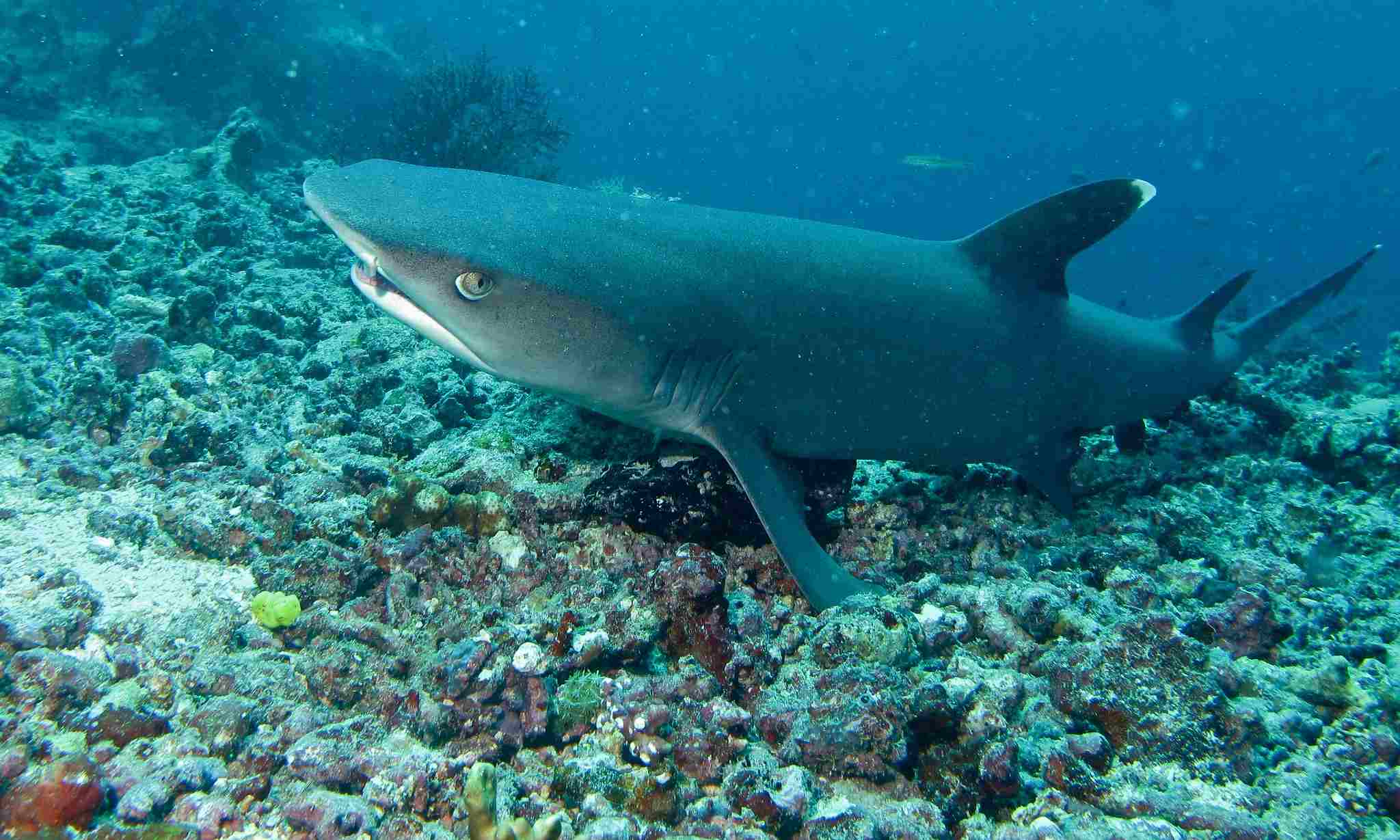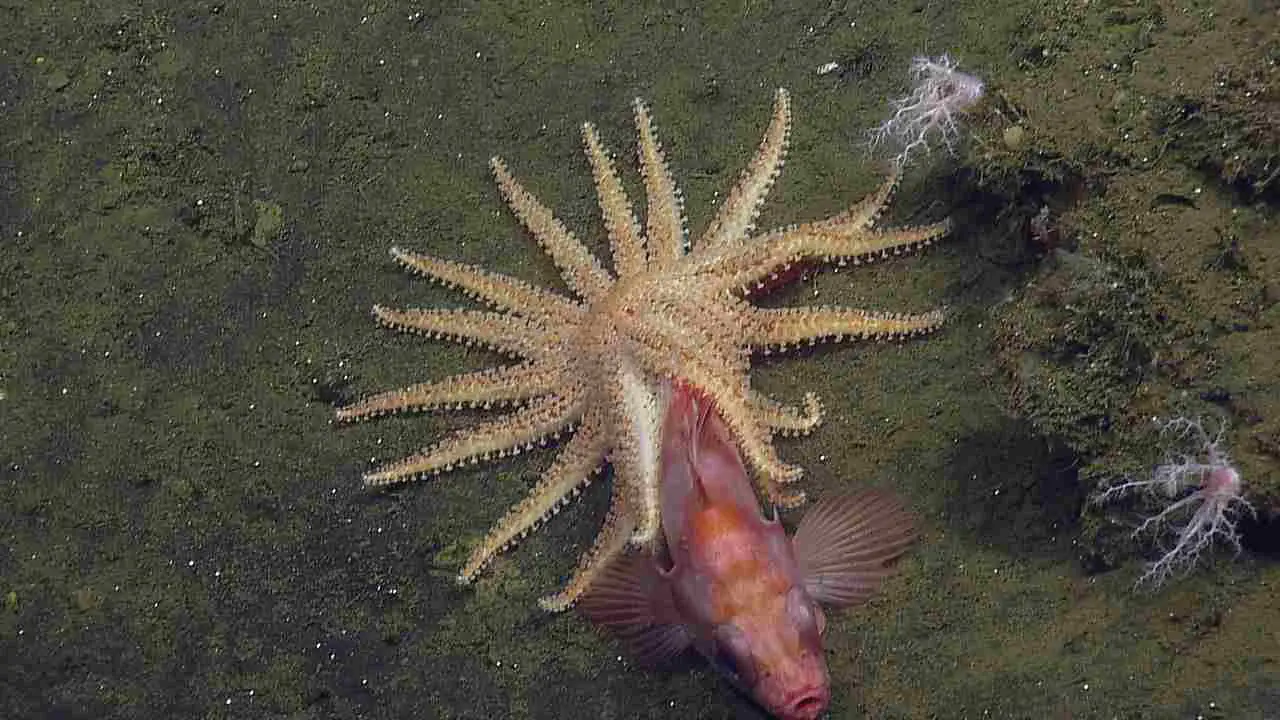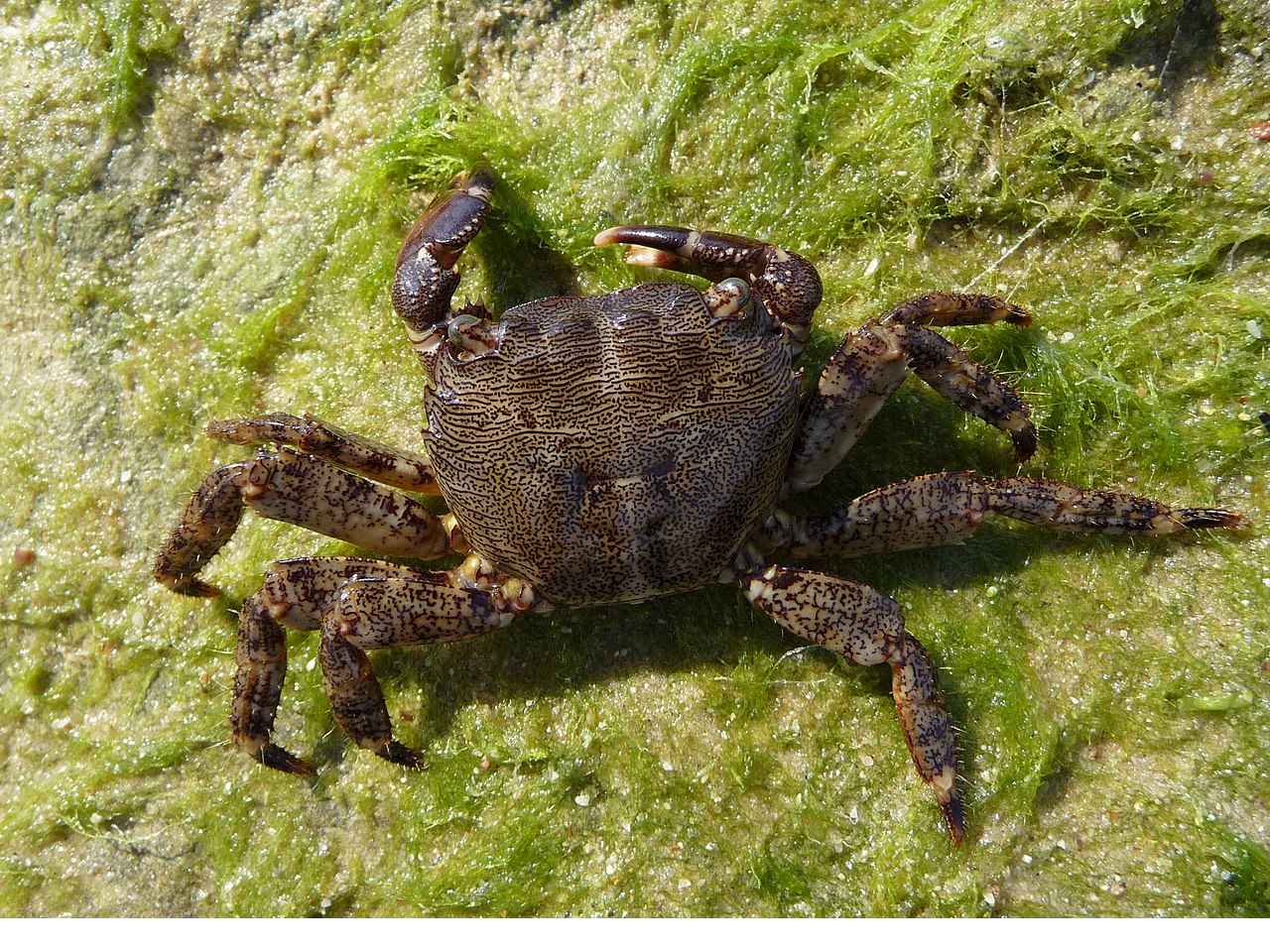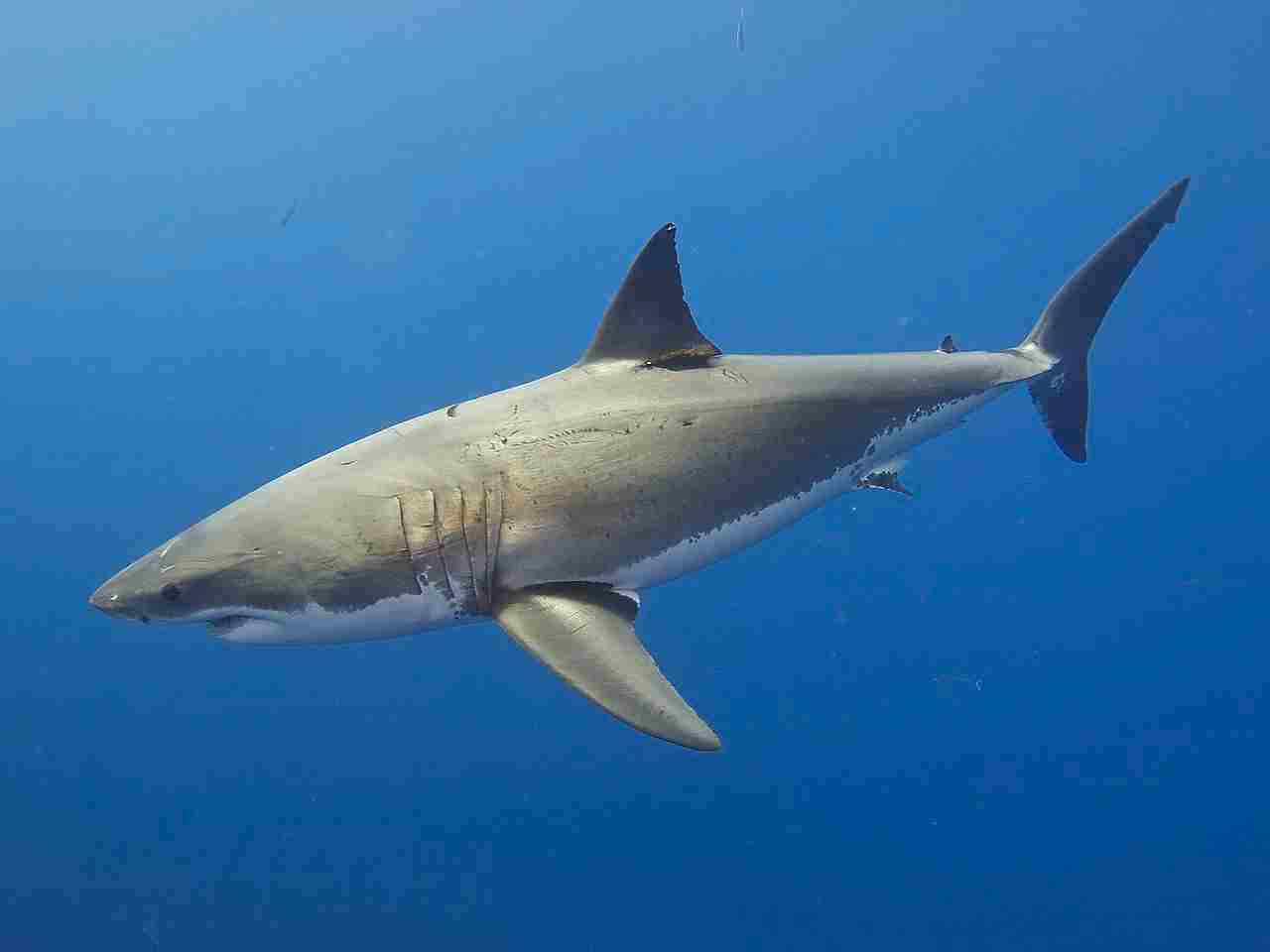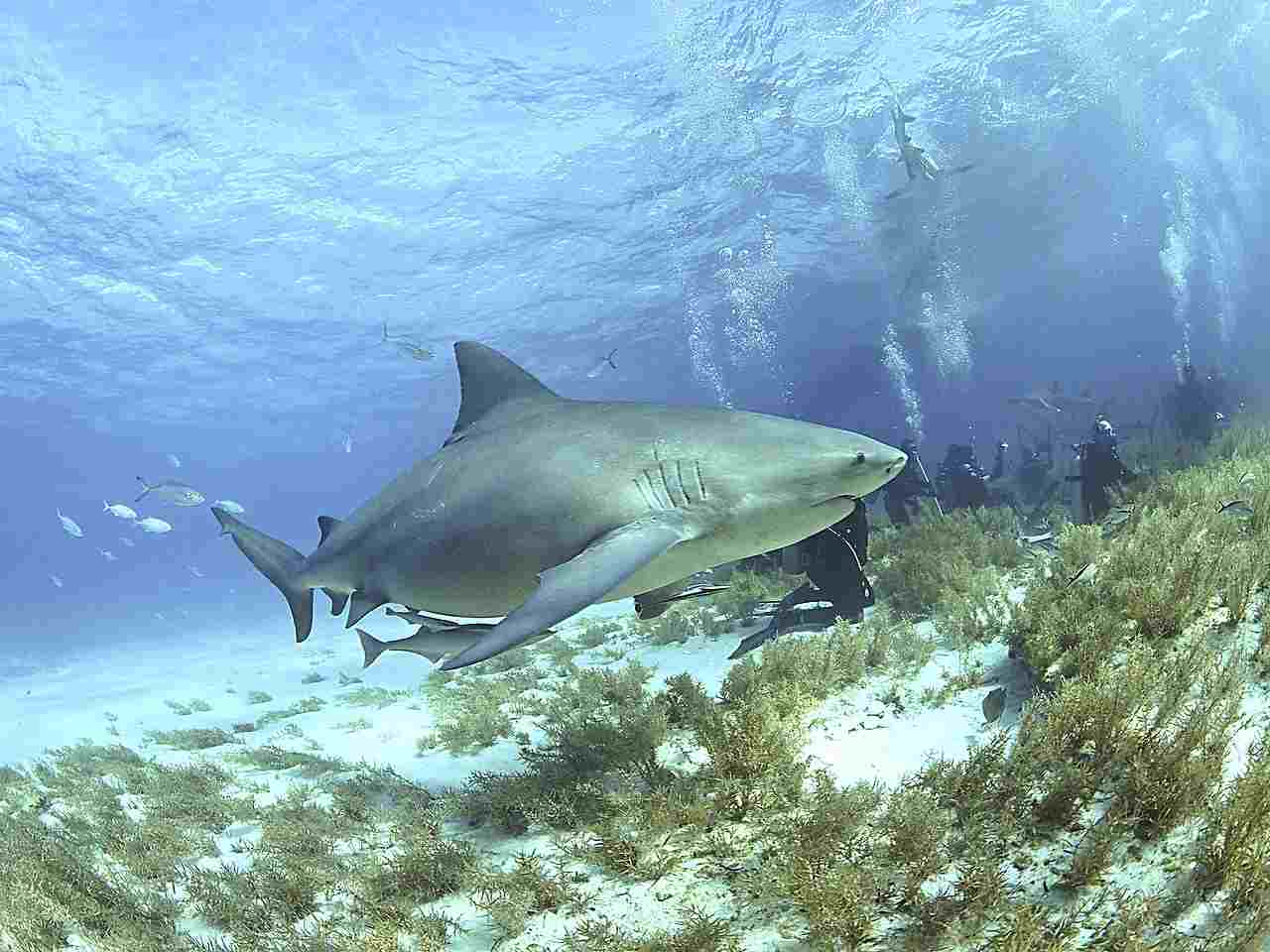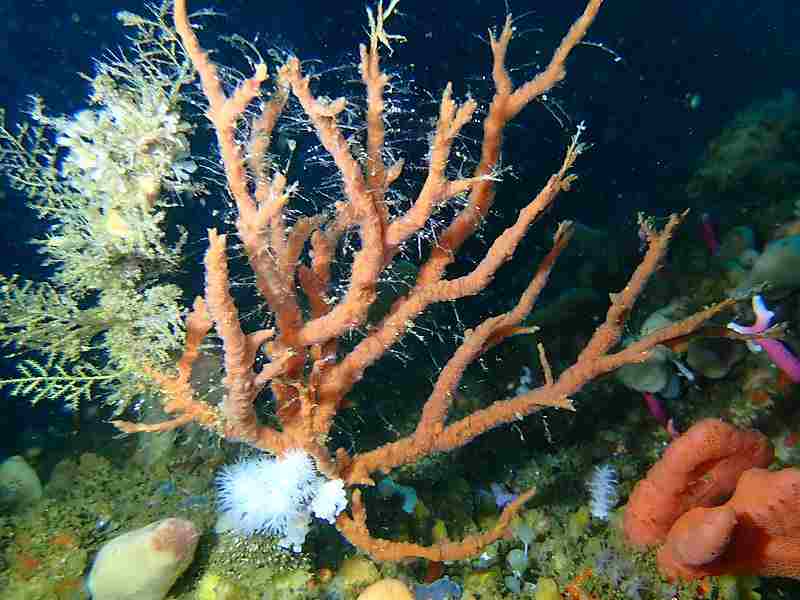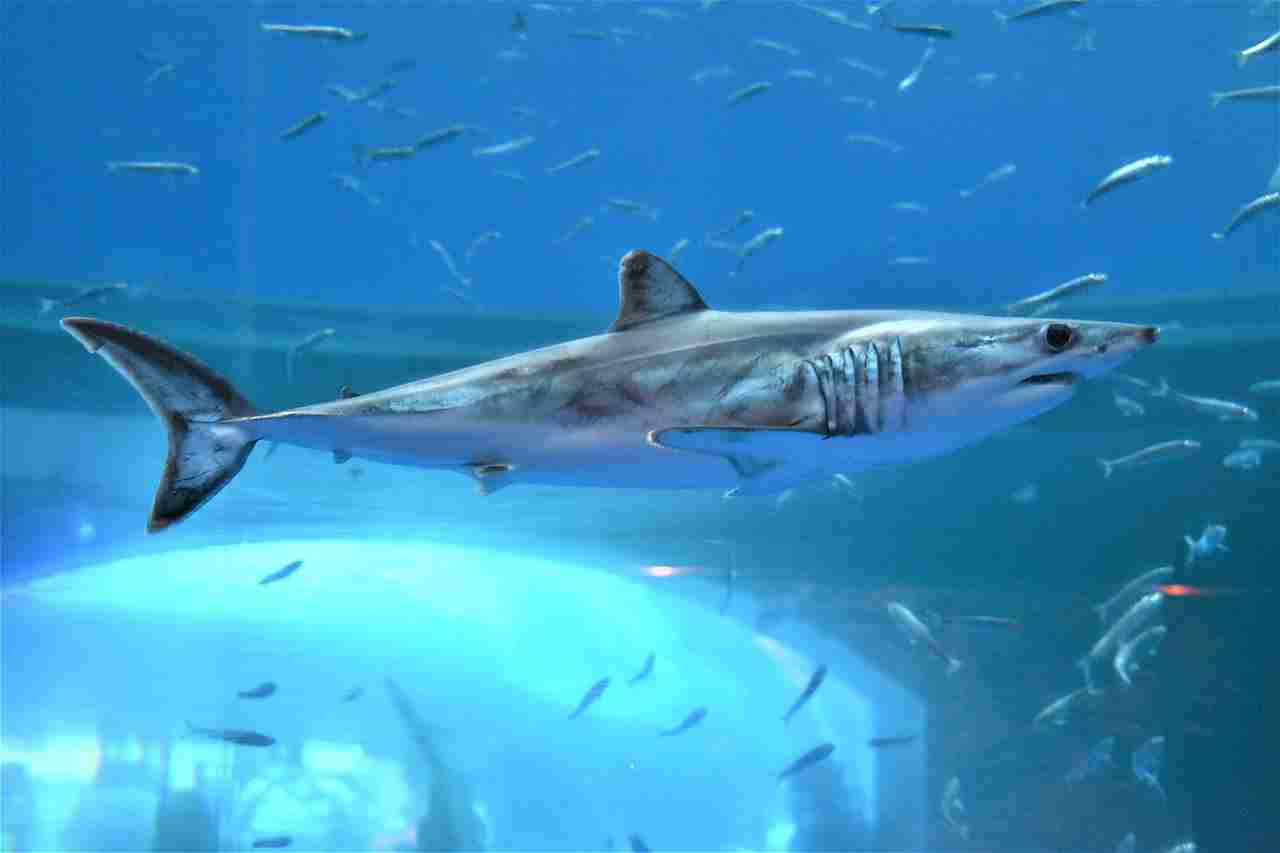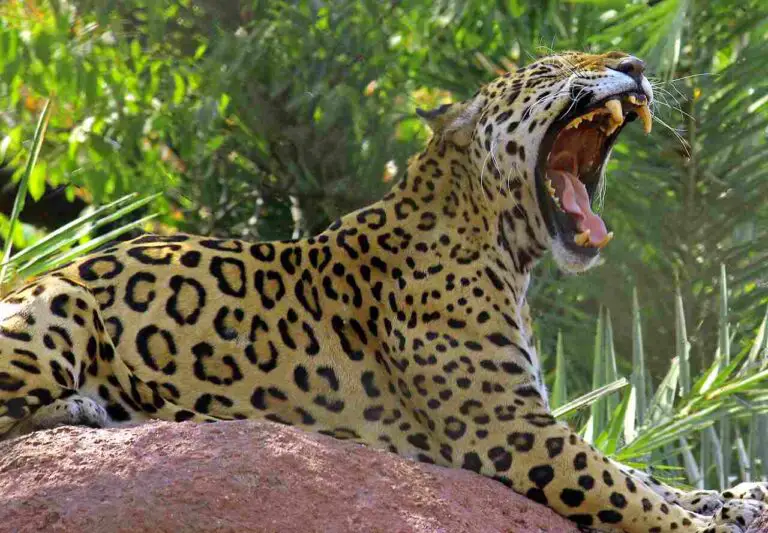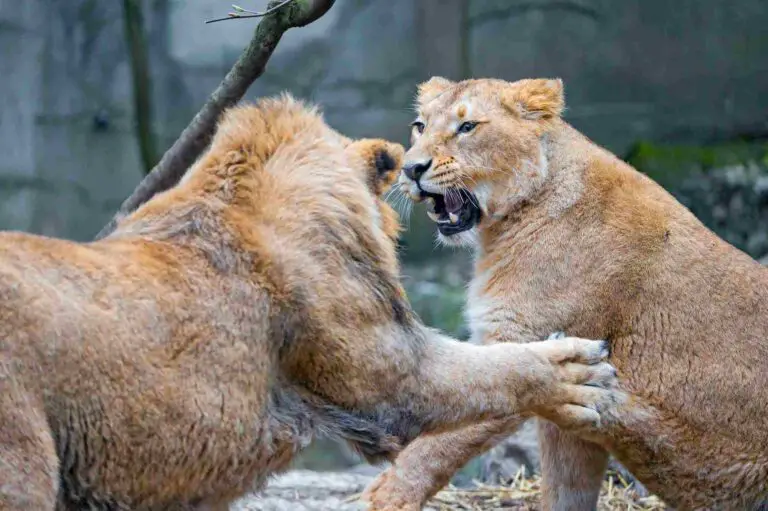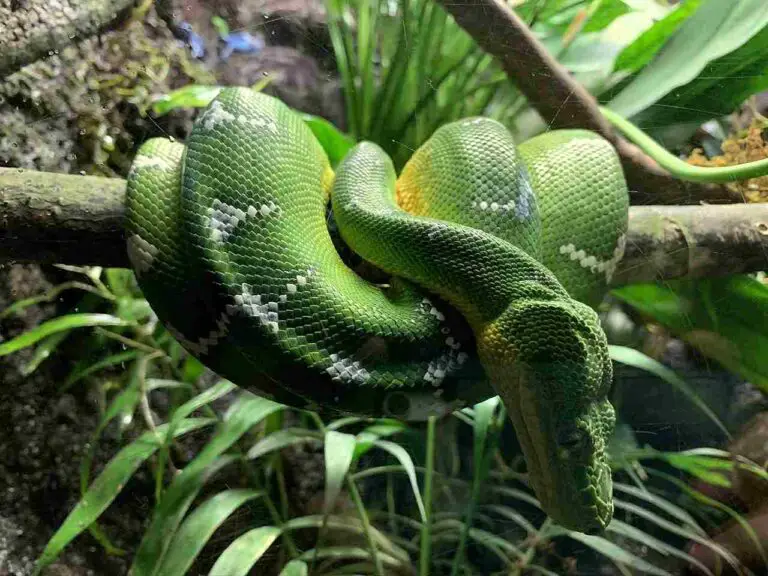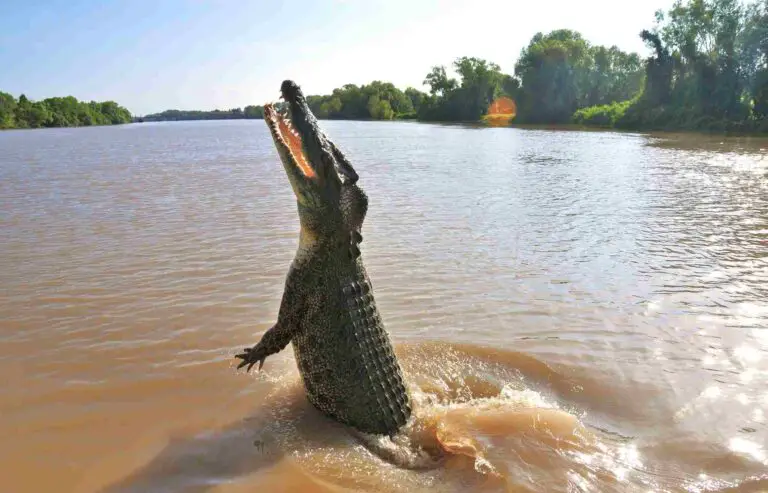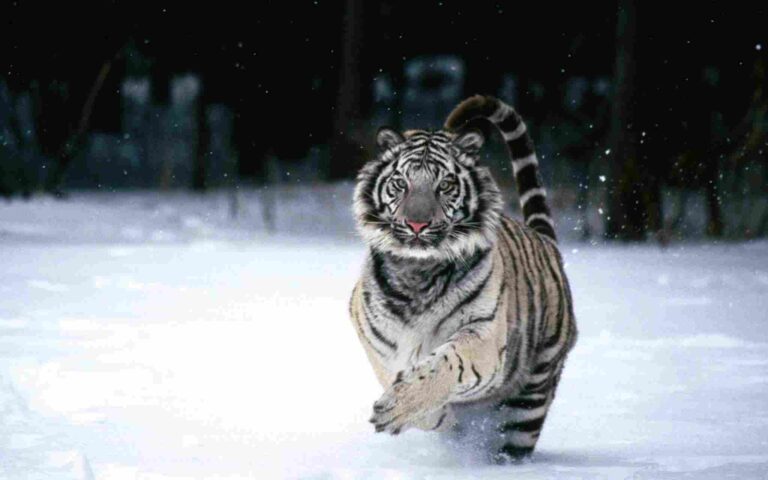7+ Scavengers in The Great Barrier Reef Discussed
Examples of scavengers in the Great Barrier Reef are sharks, crabs, lobsters, shrimp, prawns, isopods, amphipods, sea cucumbers, and starfish. These scavengers play vital roles in maintaining ecosystem health by consuming decaying organic matter, preventing waste accumulation, and recycling nutrients. They contribute to nutrient cycling, support biodiversity, and help regulate population dynamics within the reef ecosystem. However, they can be vulnerable to environmental changes, highlighting the importance of conservation efforts to protect their habitats and ensure the resilience of the reef ecosystem.
1. Shark
Sharks play a crucial role as scavengers in the intricate ecosystem of the Great Barrier Reef. While often portrayed as apex predators, they also act as efficient cleaners of the reef, contributing to its overall health and balance. As opportunistic feeders, they scavenge on various organic matter, including dead fish, marine mammals, and even other sharks.
Their keen sense of smell enables them to detect decaying carcasses from miles away, allowing them to swiftly locate and consume carrion. As they feed, sharks efficiently break down large carcasses, preventing the spread of disease and recycling nutrients back into the ecosystem. This scavenging behavior helps maintain the reef’s ecological equilibrium by preventing the accumulation of organic debris that could otherwise lead to pollution and harmful algal blooms.
Moreover, the presence of sharks as scavengers regulates the population of other marine organisms, indirectly influencing the distribution and abundance of prey species. By removing weakened or diseased individuals, sharks contribute to the overall health and resilience of the reef ecosystem, promoting biodiversity and stability.
Despite their fearsome reputation, sharks’ role as scavengers highlights their importance in maintaining the delicate balance of the Great Barrier Reef. Through their scavenging activities, they not only facilitate nutrient cycling but also help sustain the overall health and vitality of this iconic marine ecosystem.
2. Crab
Crabs are among the unsung heroes of the Great Barrier Reef, serving as diligent scavengers that play a vital role in cleaning up organic debris and maintaining the reef’s health. With their sharp senses and agile movements, they scour the ocean floor in search of decaying matter, such as dead fish, algae, and other detritus.
These scavenging efforts help prevent the accumulation of organic waste, which could otherwise lead to nutrient imbalances and algae overgrowth, threatening the delicate balance of the reef ecosystem. Crabs also contribute to nutrient recycling by breaking down organic material into smaller particles, making them accessible to other organisms for consumption.
Additionally, crabs serve as an important food source for larger predators on the reef, further integrating them into the intricate food web of the ecosystem. Their scavenging activities not only benefit the reef directly but also support the broader biodiversity and ecological dynamics of this diverse marine environment.
3. Lobster
Lobsters are renowned scavengers in the Great Barrier Reef, utilizing their powerful claws and keen sense of smell to detect and consume a wide range of organic matter on the ocean floor. Their scavenging behavior plays a crucial role in maintaining the cleanliness of the reef by removing dead animals, decaying plants, and other detritus.
As bottom-dwelling organisms, lobsters help prevent the accumulation of organic waste by breaking down and consuming carrion, which could otherwise become breeding grounds for bacteria and parasites. By recycling nutrients through their scavenging activities, lobsters contribute to the overall health and resilience of the reef ecosystem.
Moreover, lobsters serve as an important link in the food chain, providing sustenance for various predators, including sharks, fish, and octopuses. Their presence as scavengers not only helps regulate nutrient cycling but also supports the diverse array of marine life that depends on the reef for survival.
4. Shrimp
Shrimp are ubiquitous scavengers in the Great Barrier Reef, playing a vital role in the ecosystem’s nutrient cycling and waste management. With their voracious appetites and efficient feeding strategies, they consume a wide variety of organic matter, including dead animals, algae, and detritus.
Shrimp are particularly adept at scavenging in crevices and among coral formations, where they can access inaccessible areas and feed on hidden sources of organic material. Their scavenging activities help prevent the accumulation of debris and maintain the cleanliness of the reef, contributing to its overall health and stability.
Additionally, shrimp serve as an important food source for many reef predators, including fish, sea turtles, and octopuses. Their role as scavengers not only supports the ecosystem directly but also sustains the diverse array of marine life that relies on the reef for food and habitat.
5. Prawn
Prawns are active scavengers in the vibrant ecosystem of the Great Barrier Reef, contributing to the breakdown of organic matter and nutrient recycling. With their agile movements and keen senses, they scour the reef floor in search of decaying material, including dead fish, algae, and detritus.
Their scavenging activities help prevent the accumulation of organic waste, which could otherwise lead to nutrient imbalances and algae overgrowth, posing a threat to the health of the reef ecosystem. Prawns play a crucial role in maintaining the cleanliness of the reef by efficiently consuming carrion and recycling nutrients back into the environment.
Moreover, prawns serve as a vital food source for various reef predators, including fish, crustaceans, and seabirds. Their role as scavengers not only supports the ecosystem directly but also sustains the intricate food web of the reef, contributing to its overall biodiversity and ecological resilience.
6. Isopods
Isopods are small, yet industrious scavengers that play an essential role in the nutrient cycling and waste management of the Great Barrier Reef. These crustaceans are commonly found in crevices and among coral formations, where they feed on decaying organic matter, including dead fish, algae, and detritus.
Their scavenging activities help prevent the accumulation of organic waste on the reef floor, reducing the risk of nutrient imbalances and pollution. Isopods contribute to the breakdown of organic material, recycling nutrients back into the ecosystem and supporting the growth of marine plants and algae.
Additionally, isopods serve as a food source for various reef inhabitants, including fish, crabs, and sea turtles. Their role as scavengers not only helps maintain the cleanliness of the reef but also supports the broader biodiversity and ecological dynamics of this diverse marine environment.
7. Amphipods
Amphipods are tiny scavengers that play a significant role in the nutrient cycling and ecological balance of the Great Barrier Reef. These small crustaceans feed on a variety of organic matter, including dead animals, algae, and detritus, helping to break down and recycle nutrients within the ecosystem.
Their scavenging activities contribute to the cleanliness of the reef by preventing the accumulation of organic waste, which could otherwise lead to nutrient imbalances and algal overgrowth. Amphipods play a crucial role in maintaining the health and resilience of the reef ecosystem by recycling nutrients and supporting the growth of marine plants and algae.
Furthermore, amphipods serve as an important food source for many reef predators, including fish, crustaceans, and seabirds. Their role as scavengers not only supports the ecosystem directly but also sustains the intricate food web of the reef, contributing to its overall biodiversity and ecological stability.
8. Sea Cucumber
Sea cucumbers are fascinating scavengers that play a crucial role in the nutrient cycling and waste management of the Great Barrier Reef. These marine invertebrates are known for their cylindrical bodies and unique feeding habits, which involve scavenging on organic matter found on the ocean floor.
Sea cucumbers feed on a variety of detritus, including dead animals, algae, and sediment particles, using their tentacles to sweep the substrate and capture food particles. Through their scavenging activities, they help break down organic material and recycle nutrients within the ecosystem, contributing to the overall health and stability of the reef.
Additionally, sea cucumbers play a vital role in sediment turnover, helping to maintain the cleanliness of the reef by preventing the accumulation of organic waste on the ocean floor. Their presence as scavengers supports the growth of marine plants and algae by recycling nutrients and promoting nutrient cycling within the ecosystem.
Furthermore, sea cucumbers serve as a food source for various reef predators, including fish, crustaceans, and sea turtles. Their role as scavengers not only supports the ecosystem directly but also sustains the broader biodiversity and ecological dynamics of the Great Barrier Reef.
9. Starfish
Starfish, also known as sea stars, are important scavengers in the complex ecosystem of the Great Barrier Reef. These iconic marine creatures play a significant role in maintaining the cleanliness of the reef by feeding on a variety of organic matter, including dead animals, algae, and detritus.
Starfish use their tube feet and specialized feeding structures to capture and consume prey items, helping to break down organic material and recycle nutrients within the ecosystem. Their scavenging activities contribute to the overall health and stability of the reef by preventing the accumulation of organic waste and promoting nutrient cycling.
Moreover, starfish serve as important predators in the reef ecosystem, feeding on small invertebrates such as mollusks and crustaceans. Their role as scavengers and predators helps regulate population dynamics and maintain ecological balance within the reef community.
Additionally, starfish are valued by researchers and conservationists as indicators of reef health, with changes in their populations often reflecting broader environmental changes. By studying starfish populations and behavior, scientists can gain insights into the overall health and resilience of the Great Barrier Reef ecosystem.
*Summary
-
Shark:
-
Apex predators but also efficient cleaners
-
Detect and consume decaying organic matter
-
Prevent disease spread and recycle nutrients
-
-
Crab:
-
Scour reef floor for dead fish, algae, detritus
-
Prevent organic waste accumulation
-
Important food source for predators
-
-
Lobster:
-
Powerful scavengers, break down organic matter
-
Maintain reef cleanliness and nutrient balance
-
Support broader biodiversity and food web
-
-
Shrimp:
-
Active scavengers, consume various organic material
-
Prevent debris accumulation, promote nutrient recycling
-
Key food source for reef predators
-
-
Prawn:
-
Scavenge for decaying matter, prevent waste buildup
-
Support nutrient cycling and reef health
-
Essential food source for predators
-
-
Isopods:
-
Found in crevices, feed on detritus
-
Contribute to nutrient recycling, support ecosystem balance
-
Important prey for various reef inhabitants
-
-
Amphipods:
-
Tiny scavengers, feed on organic matter
-
Maintain reef cleanliness, promote nutrient cycling
-
Support biodiversity and food web stability
-
-
Sea Cucumber:
-
Scavengers, consume detritus and sediment particles
-
Aid in nutrient cycling, prevent waste accumulation
-
Valuable food source for reef predators
-
-
Starfish:
-
Important scavengers, consume dead animals, detritus
-
Maintain reef cleanliness, recycle nutrients
-
Predators of small invertebrates, indicators of reef health
-
| Scavenger | Summary |
| Shark |
Apex predators also clean by consuming decaying organic matter, prevent disease spread
|
| Crab |
Scour reef floor for dead fish, algae, detritus, prevent waste accumulation, prey for predators
|
| Lobster |
Powerful scavengers, maintain reef cleanliness and nutrient balance, support biodiversity
|
| Shrimp |
Active scavengers, prevent debris accumulation, key food source for predators
|
| Prawn |
Scavenge for decaying matter, support nutrient cycling, essential prey for predators
|
| Isopods |
Found in crevices, contribute to nutrient recycling, important prey for reef inhabitants
|
| Amphipods |
Tiny scavengers, maintain reef cleanliness, support biodiversity and stability
|
| Sea Cucumber |
Consume detritus and sediment particles, aid in nutrient cycling, valuable prey for predators
|
| Starfish |
Consume dead animals and detritus, maintain reef cleanliness, indicators of reef health
|
Related FAQs
Q: Why are scavengers important in the Great Barrier Reef ecosystem?
A: Scavengers play a crucial role in maintaining the health and balance of the Great Barrier Reef ecosystem. They help prevent the accumulation of organic waste by consuming decaying matter, which could otherwise lead to nutrient imbalances, pollution, and algal overgrowth. Additionally, scavengers contribute to nutrient recycling by breaking down organic material and making nutrients accessible to other organisms. Overall, scavengers support the cleanliness, biodiversity, and stability of the reef ecosystem.
Q: What types of organic matter do scavengers consume in the Great Barrier Reef?
A: Scavengers in the Great Barrier Reef consume a variety of organic matter, including dead animals, algae, detritus, and sediment particles. They play a crucial role in breaking down and recycling this organic material, contributing to nutrient cycling and ecosystem health. By consuming decaying matter, scavengers help prevent the buildup of waste and maintain the cleanliness of the reef ecosystem.
Q: How do scavengers contribute to nutrient cycling in the Great Barrier Reef?
A: Scavengers contribute to nutrient cycling in the Great Barrier Reef by breaking down organic matter and recycling nutrients back into the ecosystem. Through their feeding activities, scavengers convert decaying material into smaller particles, making nutrients more accessible to other organisms. This process helps sustain the growth of marine plants and algae, which are essential components of the reef ecosystem. By facilitating nutrient cycling, scavengers play a vital role in maintaining the health and productivity of the reef.
Q: Are scavengers in the Great Barrier Reef affected by environmental changes?
A: Yes, scavengers in the Great Barrier Reef can be affected by environmental changes, including pollution, habitat degradation, and climate change. These factors can impact scavenger populations directly by altering their habitat or food sources, or indirectly by affecting the overall health of the reef ecosystem. Understanding the vulnerabilities of scavengers to environmental changes is crucial for conservation efforts aimed at preserving the biodiversity and resilience of the Great Barrier Reef.
